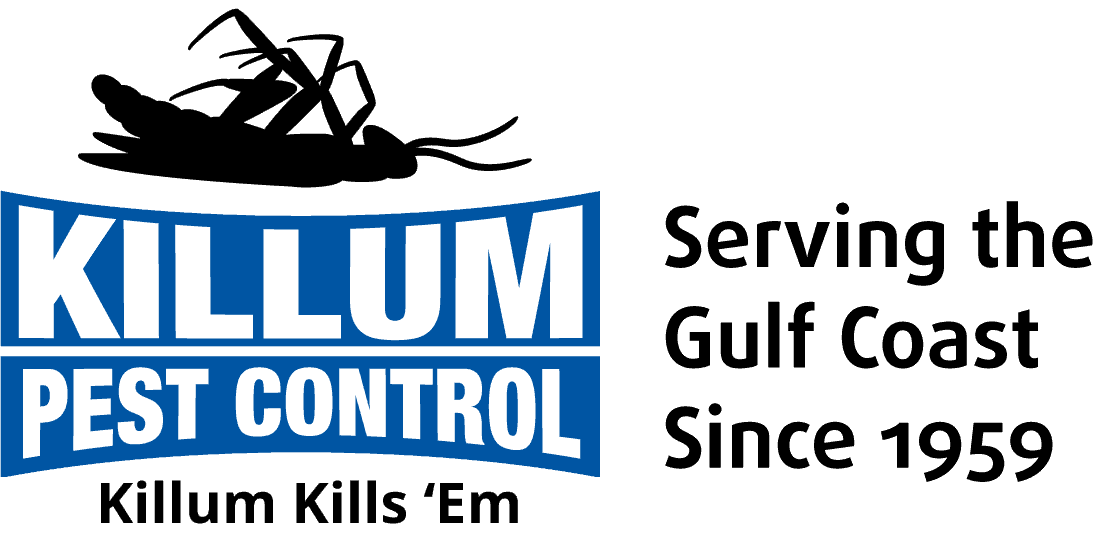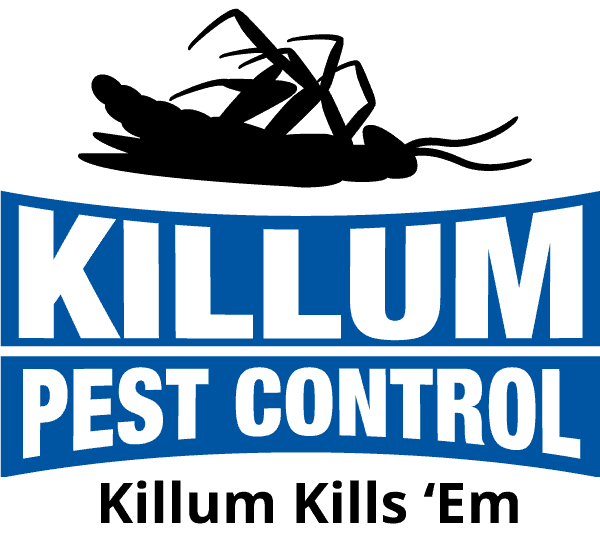Winter might mean colder weather and cozy nights by the fire, but it also means pests are seeking warmth and food indoors. In Texas, cooler temperatures drive a variety of pests to invade our homes and businesses, looking for a comfy place to ride out the winter.
Understanding which pests are common during these months helps us prepare better. No one wants unwanted guests disrupting their peaceful season or causing damage.
Whether you’re a homeowner wanting to keep your living space pest-free or a business owner trying to maintain a clean and safe environment, knowing how to tackle winter pests is crucial. From preventive steps to do-it-yourself techniques, we have many tools at our disposal. Let’s dive into some practical tips to keep these pests at bay this winter.
Common Winter Pests in Texas
Winter in Texas may not bring snowstorms, but it still drives pests indoors. Let’s look at some of the common pests you might encounter:
1. Rodents: Mice and rats are the top winter invaders. They seek out warm spaces and can cause a lot of damage by gnawing on wires, wood, and even insulation. They also carry diseases that can be harmful to humans.
2. Cockroaches: These creepy crawlies thrive in warmer conditions but will venture inside during colder months. Kitchens and bathrooms are their favorite spots because of the moisture and food sources available.
3. Spiders: While most spiders are harmless, their sudden appearance can be unsettling. In winter, they move indoors to escape the cold, often hiding in corners, basements, and attics.
4. Ants: Certain ant species, like Pharaoh ants, continue to be active during winter. They can form colonies inside walls or under floors, becoming a major nuisance.
5. Silverfish: These tiny, silver-colored insects love damp, cool places, making your bathroom and basement ideal hiding spots during winter months.
Knowing about these common pests helps us prepare better. Being aware of their habits and preferences can aid in taking appropriate preventive steps.
Pre-Winter Pest Prevention Checklist
Preparing for winter also means preparing for potential pest invasions. Here’s a handy pre-winter pest prevention checklist to keep your home and business pest-free:
1. Seal Entry Points: Inspect and seal any cracks or gaps around windows, doors, and the foundation. Pests can squeeze through surprisingly small openings.
2. Trim Vegetation: Keep shrubs and branches trimmed and away from the building to reduce pest access points. Overhanging branches can serve as bridges for rodents.
3. Store Firewood Properly: Keep firewood at least 20 feet away from your home and elevated off the ground to deter rodents and insects.
4. Clean Up Yard Debris: Rake up leaves and remove piles of grass or dead plants. These can serve as hiding spots for pests.
5. Maintain Hygiene: Regularly clean kitchens and dining areas to remove food crumbs and spills. Ensure trash bins are tightly sealed and emptied frequently.
6. Inspect Insulation and Weather Stripping: Check and replace worn-out insulation and weather stripping around doors and windows. This helps keep pests out and saves energy.
7. Verify Indoor Storage: Store pantry items in sealed containers and keep the garage and attic organized. Clutter provides hiding spots for pests.
Following this checklist helps create a barrier against pests trying to get inside. By addressing these tasks before the cold weather sets in, we significantly reduce the chances of dealing with winter pest problems.
DIY Pest Control Techniques for Winter
For those of us who prefer tackling pests on our own, here are some effective DIY techniques for winter pest control:
1. Use Baits and Traps: Place rodent traps in areas where you notice signs of mice or rats. Glue traps and snap traps can be effective. For ants and cockroaches, bait stations work well.
2. Natural Remedies: For those who favor natural solutions, peppermint oil is a great deterrent for rodents and spiders. Spraying a mixture of water and peppermint oil around entry points can keep these pests away.
3. Caulk and Seal: Regularly check for new gaps or cracks around your home and seal them with caulk. This prevents new entry points from forming.
4. Clean Regularly: Keep areas clean, especially kitchens and dining spaces, to avoid inviting pests. Regularly vacuum and wipe down surfaces to remove any crumbs or food residue.
5. Use Diatomaceous Earth: This natural powder can be sprinkled around baseboards, corners, and other pest-prone areas. It’s safe for humans and pets but deadly for many insects.
6. Install Door Sweeps: Adding door sweeps to the bottom of exterior doors helps prevent pests from sneaking in through gaps.
These DIY techniques can often manage minor pest problems effectively. However, for larger or more persistent issues, professional help might be necessary.
Benefits of Professional Pest Control Services in Winter
While DIY methods can work, sometimes it’s best to call in the professionals. Here’s why professional pest control services are beneficial during winter:
1. Comprehensive Inspection: Professionals conduct thorough inspections to identify all potential entry points and signs of pest activity. They can spot things we might miss.
2. Customized Plans: Pest control experts create tailored plans based on the specific needs of your home or business. This ensures effective and targeted treatments.
3. Safe and Effective Treatments: Professionals use products and techniques that are effective and safe for your family, pets, and environment. They know how to handle chemicals properly to avoid health risks.
4. Preventive Measures: Besides treating current infestations, professionals also implement preventive measures to safeguard against future problems. They provide valuable advice on maintaining a pest-free environment.
5. Save Time and Money: Addressing a pest issue early on with professional help can save time and money in the long run. Professionals can handle infestations more effectively, reducing the need for multiple treatments.
6. Peace of Mind: Knowing that experts are handling your pest problem provides peace of mind. You can rest assured that your home or business is protected from pests.
Engaging professional pest control services is a wise investment during winter, ensuring a comfortable and pest-free season.
Conclusion
Managing pests during the winter in Texas can be challenging, but with the right approach, it’s entirely doable. By identifying common pests, taking preventive steps, and using effective DIY techniques, we can protect our homes and businesses. However, it’s also important to recognize when professional help is needed to handle stubborn infestations and provide long-term solutions.
Keep your space safe and comfortable this winter by staying proactive in your pest control efforts. Should you find yourself facing a persistent pest problem, don’t hesitate to reach out for professional assistance.
For best pest control in Pearland to your needs, contact Killum Pest Control, Inc.. Let our team help you keep your home or business pest-free this winter and beyond.





